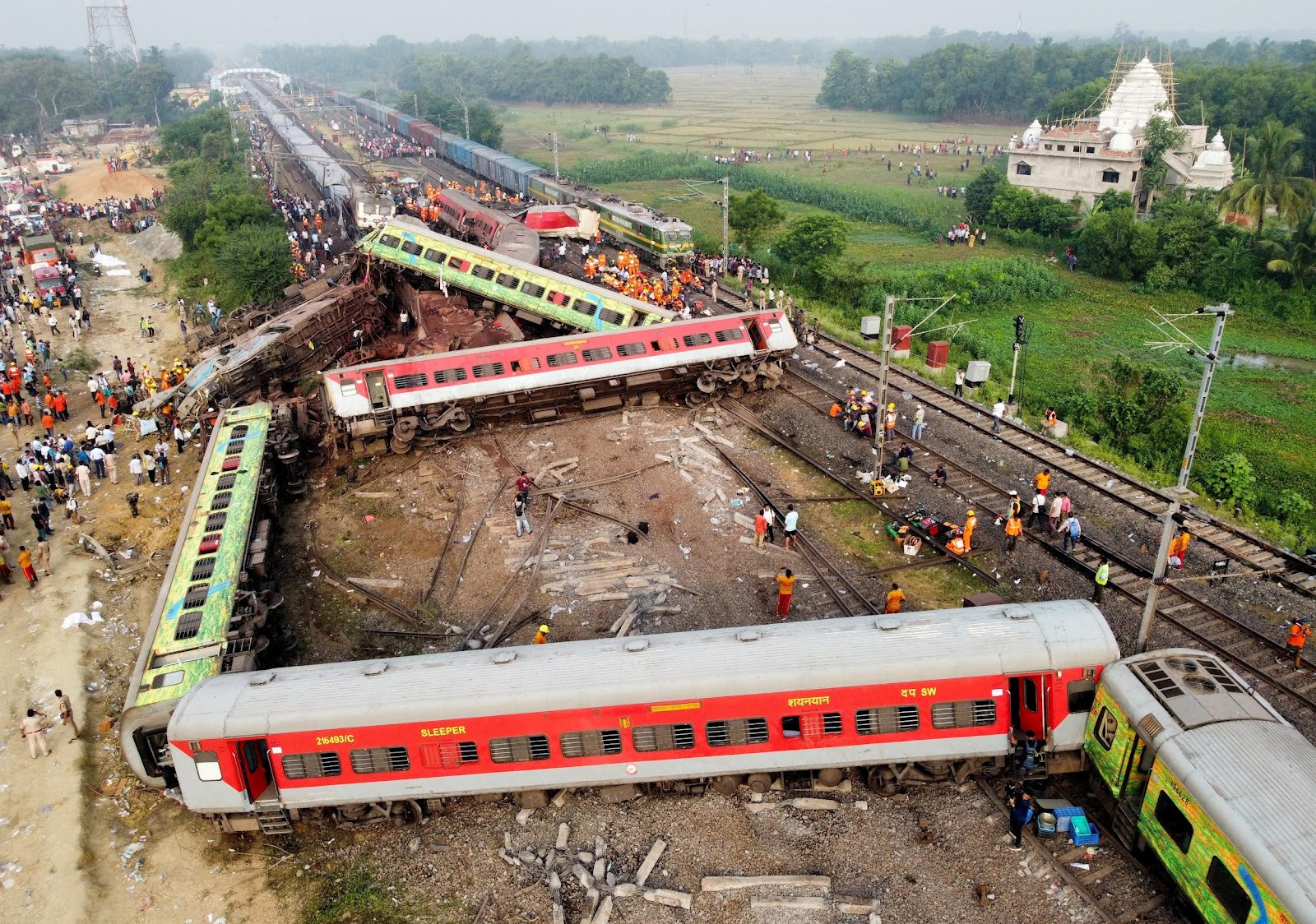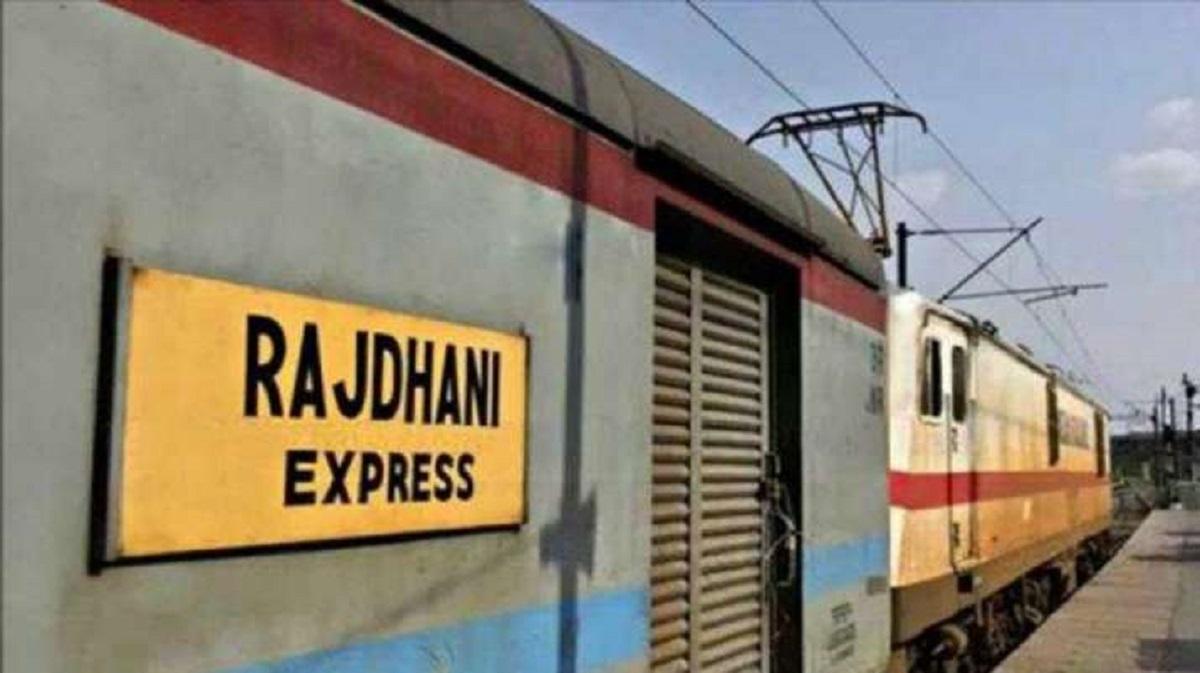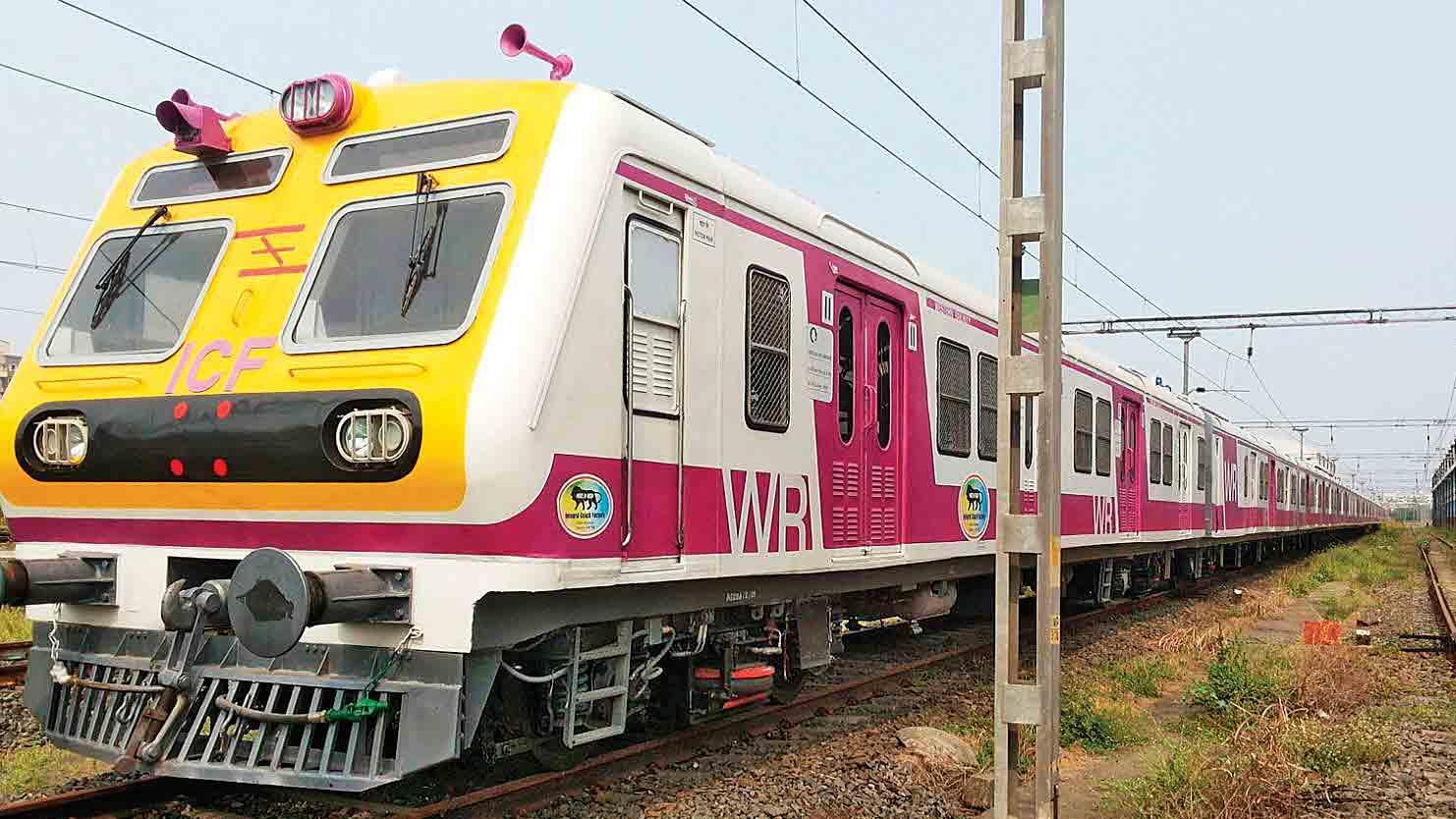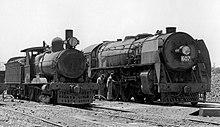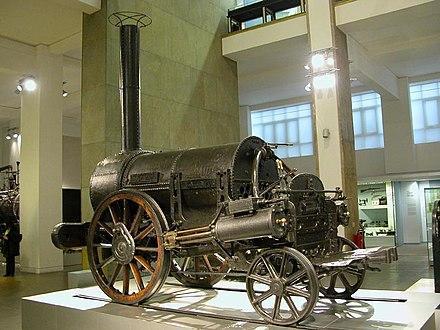#20 Accidents & Disasters: Learning From the Past for Safety Improvements! (Indian Railways Series)
Photo: Reuters Tragedy and Lessons for Advancement India’s vast railway network dates back over 150 years. Inevitably, there have been accidents and disasters that have cost lives and revealed crucial safety gaps. While tragic, analyzing past rail accidents has also led to critical reforms that improved safety. Learning from these events has made train travel safer for all. Early Perils Do you know one of the first major rail disasters in India happened in 1861 near Mathura? Shockingly, 14 passengers died when a train derailed while crossing the Yamuna River. In the 1900s, derailments and collisions became frequent as train usage rose. Passenger deaths from falls were also high, as coaches lacked safety handles and doors. You’ll be amazed to know that over 40,000 people died in train accidents between 1950 and 2000 before safety regulations improved. Deadly gaps include unmanned crossings, a lack of communication between drivers, and inadequate coach design. Coaches made of wooden planks were major fire hazards. Implementing Safety Reforms Findings from inquiry committees led to crucial reforms over the decades. Train speed limits were imposed. Coaches were redesigned with metal and emergency exits were added. Not only that, interlocking signals, gate automation, and strict maintenance protocols also emerged. Disaster response teams were set up to provide medical aid quickly. These measures have reduced accidents significantly. The railways keep striving to make travel safe using the latest technology. Remembering Tragedy We cannot forget the many lives lost in rail disasters that revealed safety issues. Memorials at sites like Bihar’s Gaisal train accident serve as grim reminders. While advancements continue, passengers also need to stay alert and follow safety protocols during the journey. Only then can tragedy be avoided. The railways’ safety record has improved thanks to lessons from history. Our goal remains – accident-free operations where passenger lives are valued above all else. Source
